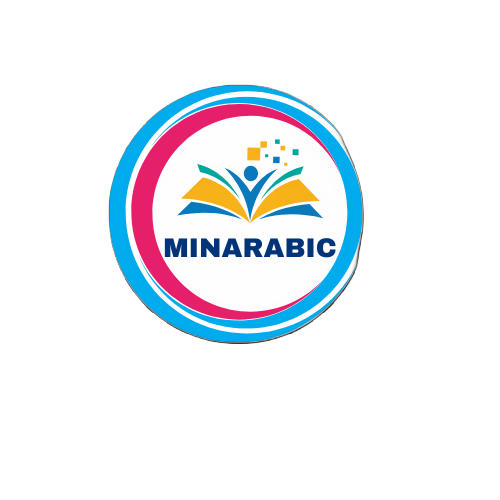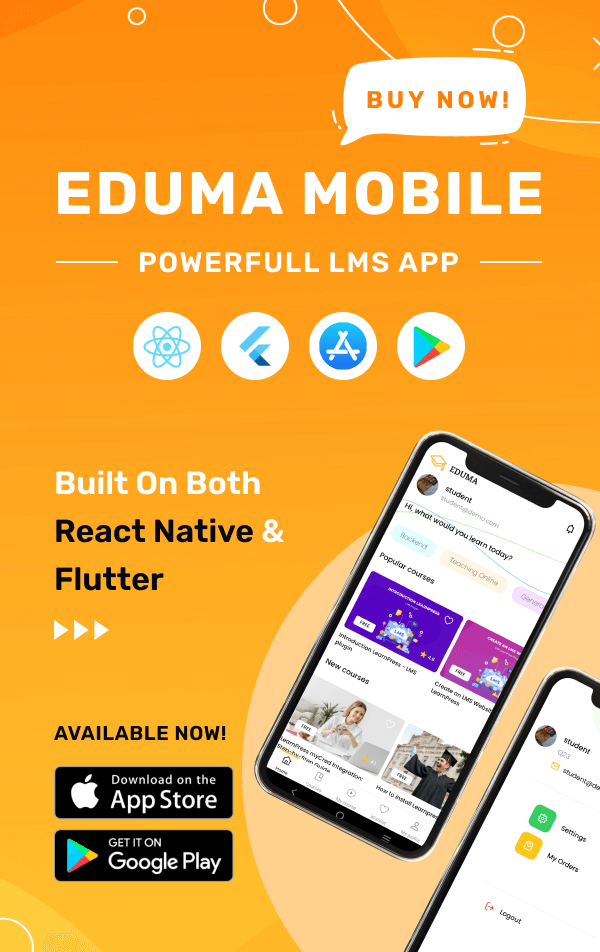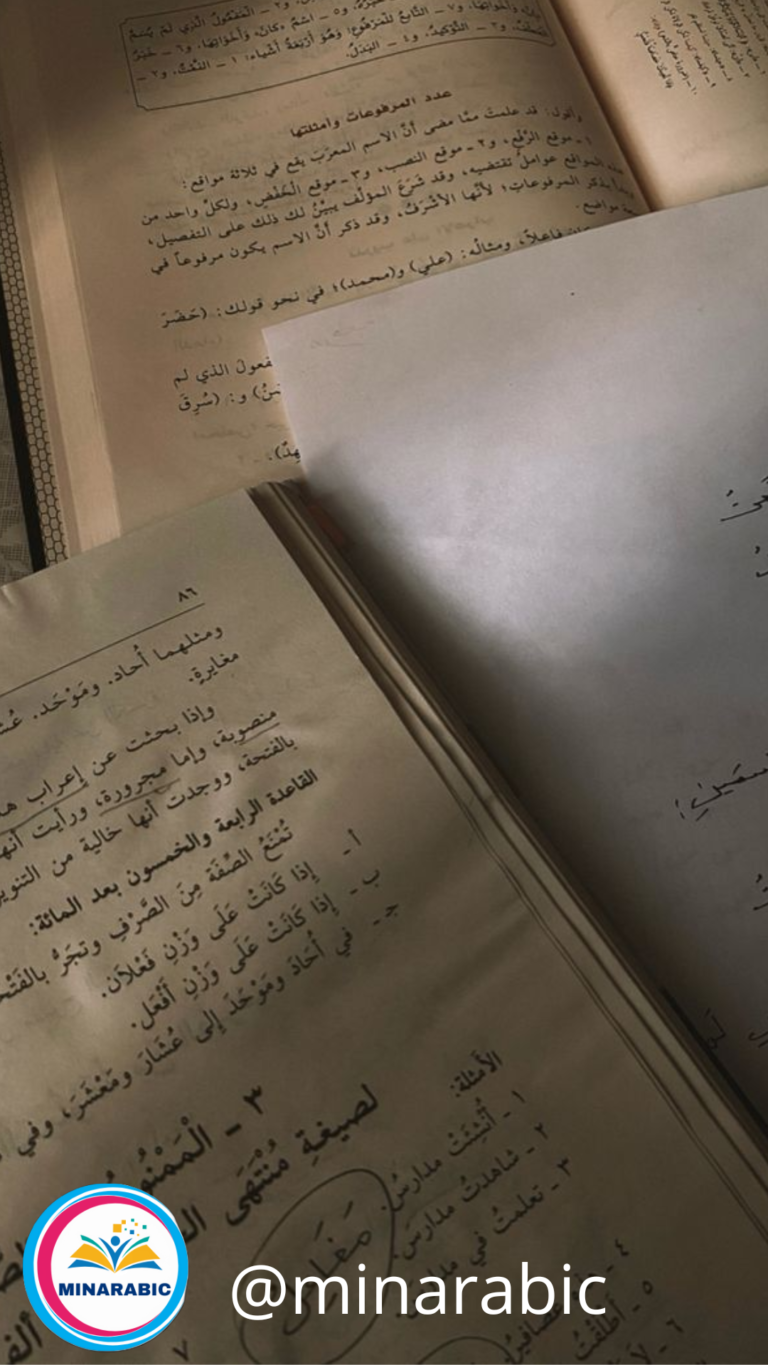

Arabic Made Easy: Overcoming Common Challenges
Arabic Made Easy: Overcoming Common Challenges
Learning the Arabic language can be a rewarding yet challenging experience. With its unique script, diverse dialects, and intricate grammar, many beginners often feel overwhelmed. However, with the right strategies, you can navigate these obstacles and make learning Arabic an enjoyable journey. This guide will help you tackle common challenges and simplify your path to fluency, Click here.
Challenge 1: Mastering the Arabic Alphabet
One of the first hurdles for beginners is learning the Arabic alphabet. Unlike Latin-based alphabets, Arabic consists of 28 letters written in a cursive script from right to left. Additionally, letters change their shape depending on their position in a word.
Solution:
- Break it down: Focus on learning a few letters at a time instead of trying to memorize the entire alphabet at once.
- Practice writing: Regularly practice Arabic writing to become familiar with the different letter forms.
- Use flashcards and apps: Digital tools like flashcards or apps designed for learning Arabic can help reinforce your memory of the alphabet.
Challenge 2: Understanding Arabic Grammar
Arabic grammar is both rich and complex, with rules that differ significantly from English. For example, Arabic nouns have gender, verbs follow specific root patterns, and sentence structure is often different from what English speakers are accustomed to.
Solution:
- Start with the basics: Focus on foundational topics like verb conjugation, noun-adjective agreement, and simple sentence structures.
- Take Arabic grammar lessons: Enroll in courses or watch online tutorials tailored for beginners.
- Practice regularly: Apply what you’ve learned by forming sentences and speaking with native speakers.
Challenge 3: Building Arabic Vocabulary
With thousands of Arabic words to learn, expanding your vocabulary can feel like an uphill battle. However, without a solid vocabulary base, it’s difficult to communicate effectively, Click here.
Solution:
- Prioritize essential words: Start with frequently used Arabic vocabulary and phrases for everyday conversation.
- Use mnemonic techniques: Associate new words with images, sounds, or stories to make them easier to remember.
- Practice contextually: Learn vocabulary in context by reading simple texts, listening to dialogues, or using apps.
Challenge 4: Overcoming Dialect Confusion
Arabic has many dialects, such as Egyptian, Levantine, and Gulf Arabic, in addition to Modern Standard Arabic (MSA). Beginners often wonder which form of Arabic to learn.
Solution:
- Start with MSA: Modern Standard Arabic is widely understood and used in media, formal writing, and education.
- Choose a dialect based on your goals: If you plan to travel or work in a specific region, focus on that area’s dialect.
- Expose yourself to multiple dialects: Watching movies, listening to songs, or speaking with native speakers can help you recognize different dialects.
Challenge 5: Developing Listening and Speaking Skills
Many learners struggle with understanding spoken Arabic and participating in Arabic conversations, especially because native speakers often speak quickly and use colloquial expressions.
Solution:
- Listen actively: Watch Arabic TV shows, listen to podcasts, or follow YouTube channels to get accustomed to natural speech.
- Practice speaking regularly: Join language exchange programs or find a tutor to practice speaking Arabic in real-life scenarios.
- Use repetition: Repeatedly listen to and mimic native speakers to improve pronunciation and fluency.
Challenge 6: Staying Consistent and Motivated
Learning Arabic requires time and effort, and it’s easy to lose motivation when progress feels slow.
Solution:
- Set achievable goals: Break your learning journey into smaller milestones, such as mastering 50 new words or completing a specific Arabic language course.
- Celebrate progress: Reward yourself when you reach a milestone to stay motivated.
- Immerse yourself: Surround yourself with Arabic through music, movies, books, and conversations.
Conclusion
Learning Arabic may come with its challenges, but with determination and the right strategies, you can overcome them. Whether it’s mastering the Arabic alphabet, expanding your vocabulary, or perfecting your grammar, every step you take brings you closer to fluency. Remember, consistency and practice are key. With patience and effort, you’ll find that Arabic made easy is not just a goal but a reality.
Categories
Tags
You May Also Like
-
-
February 7, 2025
-
-
February 7, 2025
-
-
February 3, 2025




